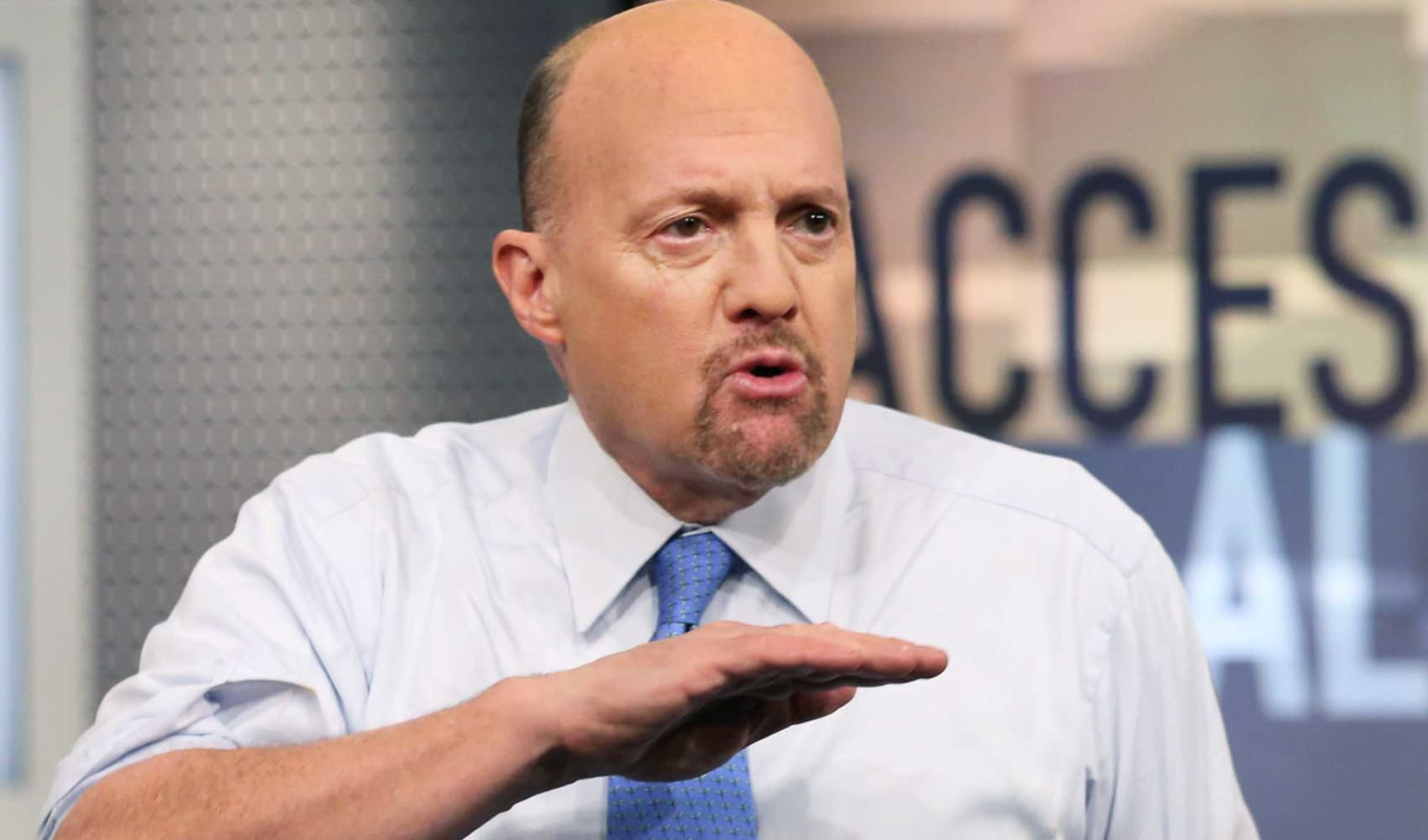Private Equity for All? Risks Retail Investors Must Know
Private Equity for All? Navigating the Risks and Rewards
Introduction: The Shifting Sands of Investment
For decades, private equity (PE) has been the exclusive domain of institutional heavyweights – think pension funds, massive endowments, and the ultra-wealthy. They had the capital, the expertise, and, let's be honest, the insider access. But the investment landscape is changing. Now, with the rise of specialized funds and technological advancements, retail investors are increasingly being offered a slice of the private equity pie. But is this democratization a golden opportunity or a gilded trap? Let's dive in and explore the double-edged sword that is private equity for the everyday investor.
The Allure of Private Equity: Why the Buzz?
Why are retail investors suddenly so interested in private equity? The answer is simple: potentially higher returns. Public markets can be volatile, and with interest rates historically low, investors are hungry for alternative investment options. Private equity, with its focus on long-term growth and often involving operational improvements within portfolio companies, promises the potential for outsized gains. Who wouldn't want a piece of that action?
The Bain & Company Prediction: A $60 Trillion Tsunami
The allure is amplified by projections of massive growth in the private markets. According to a 2024 analysis from Bain & Company, private market assets are predicted to surge to a staggering $60 trillion to $65 trillion globally by 2032. That's a monumental shift! This forecast underscores the growing importance of private equity and its increasing role in the broader financial ecosystem. It also explains why more and more companies are eager to offer this asset class to a wider audience.
The Cautionary Voice: Jonathan Foster's Perspective
However, before you jump in headfirst, it’s crucial to heed the warnings of seasoned professionals. Jonathan Foster, president and CEO at Angeles Wealth Management, raises a crucial point: “Retail investors may find it challenging to navigate the full range of complexities that can accompany investment in private equity.” This is not your typical stock purchase. The intricacies involved require a level of financial sophistication that many everyday investors may lack.
Understanding the Landscape: What is Private Equity, Really?
So, what exactly is private equity? Unlike publicly traded stocks, private equity involves investing in companies that are not listed on a stock exchange. These investments are typically illiquid (meaning they can’t be easily bought or sold) and often require a long-term commitment. Private equity firms typically acquire companies, improve their operations, and then sell them for a profit, or take them public again. Think of it like house flipping, but on a corporate scale.
The Traditional Gatekeepers: Why Private Equity Was Exclusive
Historically, private equity was reserved for institutional investors and accredited investors – high-net-worth individuals and financial institutions deemed capable of understanding and managing the risks involved. These investors possessed the resources, expertise, and access to due diligence necessary to make informed investment decisions. This exclusivity wasn't just arbitrary; it was based on a realistic assessment of the risks and complexities involved.
The Democratization Trend: Opening the Floodgates?
The Rise of Interval Funds and BDCs
The democratization of private equity is largely driven by the emergence of new investment vehicles like interval funds and business development companies (BDCs). These structures are designed to provide retail investors with access to private equity investments while offering some degree of liquidity and diversification. However, don't mistake increased access for reduced risk.
Technology's Role: Streamlining Access
Technology is also playing a role, with online platforms and fintech companies making it easier for retail investors to access private equity deals. These platforms often tout lower minimum investment amounts and simplified investment processes, further fueling the democratization trend.
The Upside: Potential Benefits for Retail Investors
Diversification Beyond Public Markets
One of the biggest potential benefits of private equity for retail investors is diversification. By adding private equity to their portfolios, investors can reduce their reliance on publicly traded stocks and bonds, potentially lowering overall portfolio volatility.
Potential for Enhanced Returns
As mentioned earlier, private equity has the potential to generate higher returns than traditional asset classes. This is because private equity firms often actively manage their portfolio companies, implementing operational improvements and strategic initiatives to drive growth.
The Downside: The Risks Lurking Beneath the Surface
Illiquidity: A Long-Term Commitment
Private equity investments are notoriously illiquid. Unlike stocks, you can't just sell your shares whenever you want. This means you need to be prepared to hold your investment for several years, potentially even a decade or more. Are you comfortable locking up your money for that long?
Complexity and Due Diligence Challenges
Private equity investments are complex and require a significant amount of due diligence. Retail investors often lack the resources and expertise to properly evaluate these investments, making them vulnerable to scams and poor investment decisions. Unlike publicly traded companies with readily available financial information, private companies often have limited transparency. It's like trying to navigate a maze blindfolded.
High Fees: Eating Into Your Returns
Private equity funds typically charge high fees, including management fees and performance fees (also known as "carried interest"). These fees can significantly erode your returns, especially if the fund doesn't perform well. Before investing, scrutinize the fee structure carefully. Is the potential reward worth the price?
Lack of Transparency: Limited Information
Compared to publicly traded companies, private equity investments offer less transparency. Information about the performance of portfolio companies is often limited, making it difficult for investors to assess the true value of their investment. This lack of transparency can create a blind spot for retail investors.
Due Diligence: A Retail Investor's Checklist
Understand the Investment Structure
Before investing in any private equity fund, make sure you thoroughly understand the investment structure, including the fund's objectives, investment strategy, and fee structure. Ask questions! Don't be afraid to challenge assumptions and seek clarification on anything you don't understand.
Assess Your Risk Tolerance
Private equity investments are inherently risky. Assess your risk tolerance and make sure you're comfortable with the potential for losses. Don't invest money you can't afford to lose. Think of it like gambling; only bet what you're willing to walk away from.
Seek Professional Advice
Consider seeking advice from a qualified financial advisor who has experience with private equity investments. A good advisor can help you assess the risks and rewards of private equity and determine if it's the right fit for your portfolio. Don't go it alone!
Conclusion: Proceed with Caution, But Don't Dismiss Entirely
The democratization of private equity presents both opportunities and risks for retail investors. While the potential for enhanced returns and diversification is alluring, the complexities, illiquidity, and high fees associated with private equity investments require careful consideration. Retail investors should approach these opportunities with caution, conduct thorough due diligence, and seek professional advice before investing. Private equity isn't a magic bullet; it's a sophisticated investment strategy that demands a sophisticated approach.
Frequently Asked Questions (FAQs)
- What's the minimum investment typically required for private equity?
Minimums vary widely depending on the fund or platform. Traditionally, it was hundreds of thousands of dollars, but some newer platforms offer access with investments as low as $5,000. However, lower minimums often come with limitations on liquidity or access to specific deals. - How liquid are private equity investments?
Private equity investments are generally illiquid, meaning you can't easily sell them. Some funds offer limited redemption opportunities, but these are often subject to restrictions and may not be available when you need them. Be prepared to hold your investment for the long term (5-10 years or more). - What are the typical fees associated with private equity funds?
Fees can be substantial, often including a management fee (typically 2% of assets under management) and a performance fee (also known as "carried interest," typically 20% of profits above a certain hurdle rate). These fees can significantly impact your overall returns. - Is private equity suitable for all retail investors?
No. Private equity is best suited for sophisticated investors with a high-risk tolerance, a long-term investment horizon, and the ability to withstand potential losses. It's crucial to understand the complexities and risks involved before investing. - How can I conduct due diligence on a private equity fund?
Review the fund's offering documents carefully, including the prospectus or private placement memorandum. Research the fund's management team, investment strategy, and track record. Understand the fund's fee structure and liquidity provisions. If possible, consult with a financial advisor experienced in private equity.


